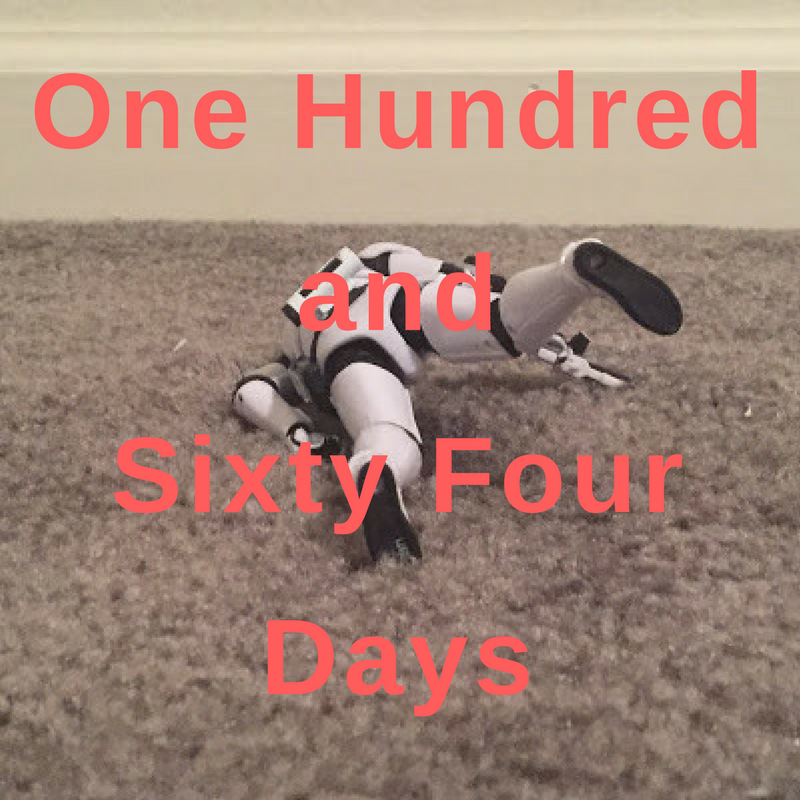Artforms are defined by their limitations. Literature is limited to words strung together from component alphabets. Music is soundwaves given shape by modulations in tone regulated by temporal frequency. Cinema is composed of a series of pictures projected on a screen (or reflected across a cathode ray tube) at roughly the rate of 24 times a second, creating the illusion of movement.
The definition of comics is something more vague, however. Smarter men than I have tried for quite a while to coin definitions, with mixed results - invariably, every proffered definition excludes something at the expense of wittingly or unwittingly emphasizing something else. Whether it's Scott McCloud kicking Bil Keane out of the cartooning fraternity or R.C. Harvey closing the door on Al Hirschfeld, the rush towards academic certainty is never quite as fulfilling as it may seem on the outset.
Better, then, to define comics by the process of negative exclusion. It's far easier for a group of like-minded individuals to agree on what isn't comics than what is, so better to start there and work backwards. Comics is not cinema, or animation, because comics depend on static images whose relation to each other remains fixed in both time and space. Comics is not "fine" art (i.e. gallery art - let's not get into installation art!), because fine art is usually composed of singular pieces intended to be considered in isolation.
But wait - you say - what about paintings that are conceived as series? If you accept something like Superman #75 as comics (that was the infamous "death" issue composed solely of a series of splash pages), then what about every Renaissance painter who did multiple paintings on the death and resurrection of Jesus? Does that make Ruebens a cartoonist simply because some of his paintings can be "read" in sequence? And if you say that it matters which medium the work is presented in, what about all the painted comics? Some may be better than others, but there can be no denying that both Moonshadow and Kingdom Come are comics. What about "Guernica"?
Er. Um.
This is what happens when you try to define something that is, by necessity, very ambiguous. Best not to bother. People know what a movie is without having to argue about it, for the most part, just as people know what literature is. Sure, they may want to argue over what constitutes a novel and what constitutes a prose poem or novella or villanelle, but at the end of the day you're not going to confuse a book of Shakespeare's verse with a DVD of Othello.
Let us simply assume, for the sake of argument, that anything which we can conceivably consider to be comics is comics. Does this mean we have to actively include every different permutation of form in every single discussion? If I want to talk about Curt Swan and Wayne Boring do I have to name-check the Bayeux Tapestry?
Don't be silly.
The fact is that the moment you try to peg down what is or isn't comics, someone, somewhere will disagree, and point to some form of comics that disproves the theory. If you are too inclusive, you lose the focus that the definition was created to instill.
Comics are a purely visual art - which excludes any sort of music or spoken component. Comics are a static art - meaning no motion or movement on the part of any of the visual components in relation to each other (but not, perhaps, in reference to the reader, or you'd never be allowed to turn a page). But besides those two limitations, that leaves the field pretty wide open.
There are undoubtedly semiotics fans out there who will protest that words and sentences, dependent as they are on the static juxtaposition of symbols to accrue accumulated meaning, are comics as well. It's certainly hard to argue with that kind of logic, but it also seems to be a limited concept for further inquiry. While the letters in any alphabet are essentially arbitrary, their meaning is fixed in the mind of the beholder (assuming said beholder is literate). The actual linguistic content of words and sentences is the medium by which literature gains its power, not any uniquely evocative properties of the letters themselves, which ideally (from the perspective of the writer, who hardly wishes to be upstaged by his typeface!) serve as a value-neutral conceptual vehicle. Of course, lettering in comics can get away with being very evocative, as anyone who has ever read an issue of Cerebus can attest.
So we are left with porous and uncertain boundaries. Comics evolved partly out of the tradition of fine art and illustration, and incorporate many elements of those fields. Likewise with literature - words and literary forms have been inextricably bound with comics since the very beginning. Cinema - including the tradition of animation - sits as well on the borderline of cartooning, incorporating many of the formal and structural attributes of the field while remaining distinctively recognizable.
It's useless to try to pin down what is or even what isn't comics, because that brand of rhetoric has proven to be a tar-baby for any number of qualified theoreticians. Better simply to say that comics is a particularly large and amorphous entity which sits at the borders of multiple different forms. This isn't to say that just because something falls into the "none of the above" category, it's automatically comics, but it at least gives us common ground for our discussions - the negative exclusion creates at least the broad outline of a working definition.
Comics are a liminal medium, a hodgepodge of different elements combined to create allusory meaning greater than the sum of its parts. The thresholds which separate comics from its cousin mediums are crucial to understanding the medium's unique strengths, but should never be mistaken for the entirety of the picture.





No comments :
Post a Comment